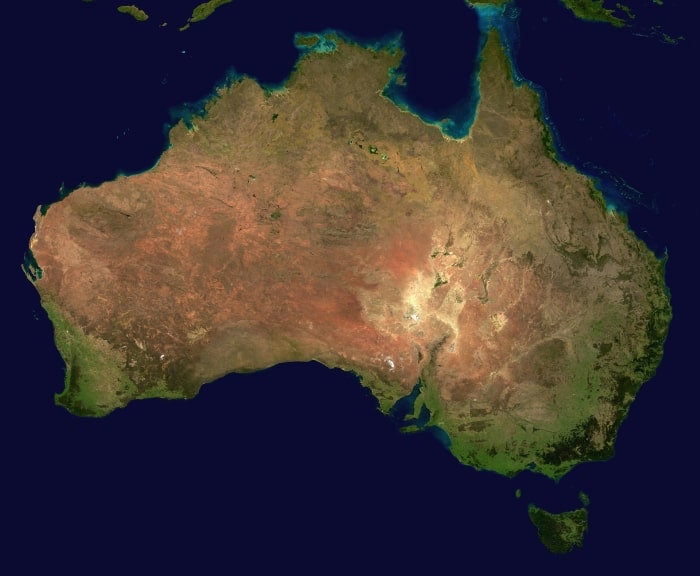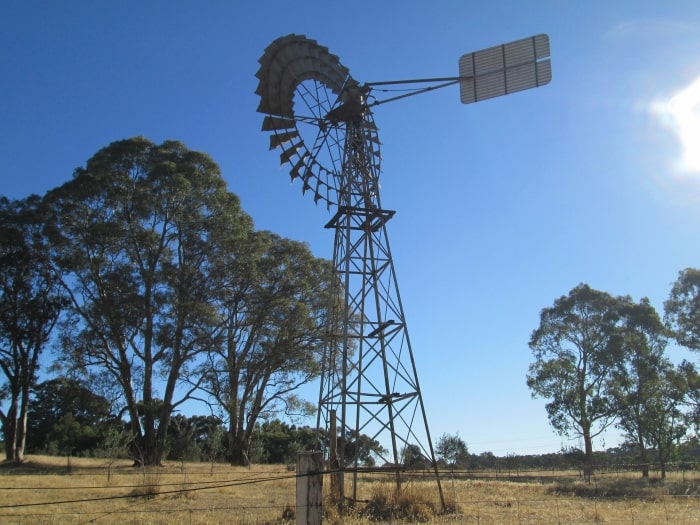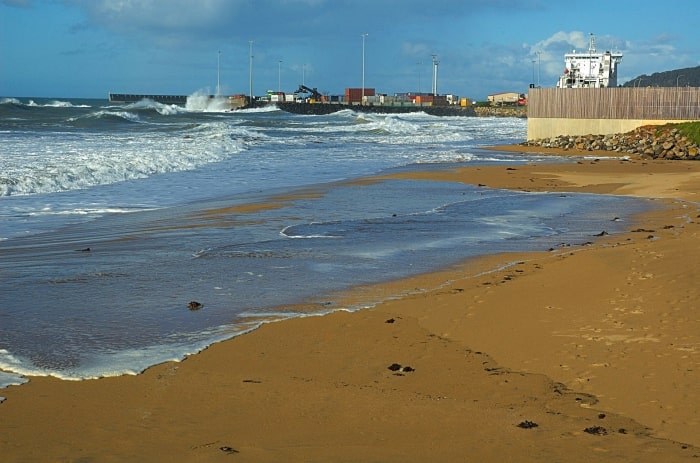Energy Sector Review: Australia
Australia's economic development and prosperity are highly dependable on a stable supply of clean, safe energy. Australia is well endowed with energy mineral resources. The main consumed resource is coal, while the share of renewable energy today accounts for a bit more than 6%, though constantly increasing. In all states and regions of the Commonwealth of Australia, the energy sector provides working places and infrastructure by subsidizing a great number of industrial companies. Energy demand rises in tandem with Australia's economic growth. Though most of Australia's energy is exported, it imports some oil for transportation systems.
Today, the energy segment of Australia is undergoing a tremendous change. Wind and solar power are becoming more prevalent in the power system, with South Australia leading the way. Despite the abundance of resources, concerns about the country’s energy security are on the rise. As local oil production declines, the oil supply chain's reliance on imported oil products grows. The east coast market's gas supply has grown scarce, resulting in higher pricing. The reliability of Australia's electrical infrastructure is being questioned, particularly during extreme weather occurrences. Moreover, resource development, new pipeline capacity, and market integration are crucial for natural gas as a transition fuel to a low-carbon economy.
Australia has a unique quantity of solar resources on the continent, which are generally located in the northwest and central regions, frequently in places without access to the electrical grid and far from major population centers. Australian wind energy sector is a relatively developed technology that is also rapidly increasing. It is anticipated to overtake solar power as Australia's leading renewable energy source in the nearest future.

In turn, Tasmania became the first state in Australia that fully provided its population with electricity from renewable sources. This was made possible by the commissioning of the wind turbine at the Granville Harbor power plant. Two more turbines will be constructed there and more renewable energy than residents of the state consume in a year will be produced. The surplus electricity will be exported to mainland Australia as well as international markets.
Furthermore, places for wave and tidal energy generation are abundant along with Tasmania's coastline. Though ocean energy science is still in its infancy and needs to be tested in the field, there are far-reaching plans for this type of energy as well.
The current Australian government is not very conducive to the development of "green energetics". This is the reason why renewables make up a small percentage of Australia's main energy consumption, although their number has increased dramatically over the last few years.
In 2019, a record was set in Australia, when the country's main energy system, although for a very short time, received more than 50% of its energy from the sun, wind, and water. 23.7% of energy was produced by rooftop solar panels, 15.7% by wind farms, 8.8% by solar power plants, and 1.9% by hydroelectric power plants. The record lasted for 10 minutes only, but this event reflected the rapid acceleration of “green energy” deployment in recent years. In 2020, solar and wind power plants with a total capacity of 7 GW were put into operation in Australia. The figure of 6.3 GW was planned, but it was surpassed.

The respected Australian energy analyst Dr. Hugh Saddler noted that renewable energy production in the country is growing. Greenhouse gas emissions from power plants in the country decreased by more than 4.5% in the period from July 2019 to July 2020 alone. Of course, part of the reduction in emissions happened due to coronavirus restrictions. However, the growing use of “green energy” has reduced the share of combined heat and power systems in electricity generation to a record 40.5%. “For the first time in Australian history, the share of coal in electricity generation has been kept below 50% for four consecutive months”-, Saddler stressed.
One of the country's biggest energy challenges is that most Commonwealth governments in Australia have uncoordinated renewable energy targets, in part due to a lack of a biased, forward-looking governmental energy strategy.

With the introduction of new technologies and changes in the Australian economy, people are becoming increasingly aware of the economic and environmental cost of energy. Australia is enacting reforms to improve energy supply and security. However, at the Commonwealth level, a steady energy and climate agenda up to 2030 is required to ensure constant and acceptable investment in the power sector to assist the country in moving toward a safe and ecological energy future.
